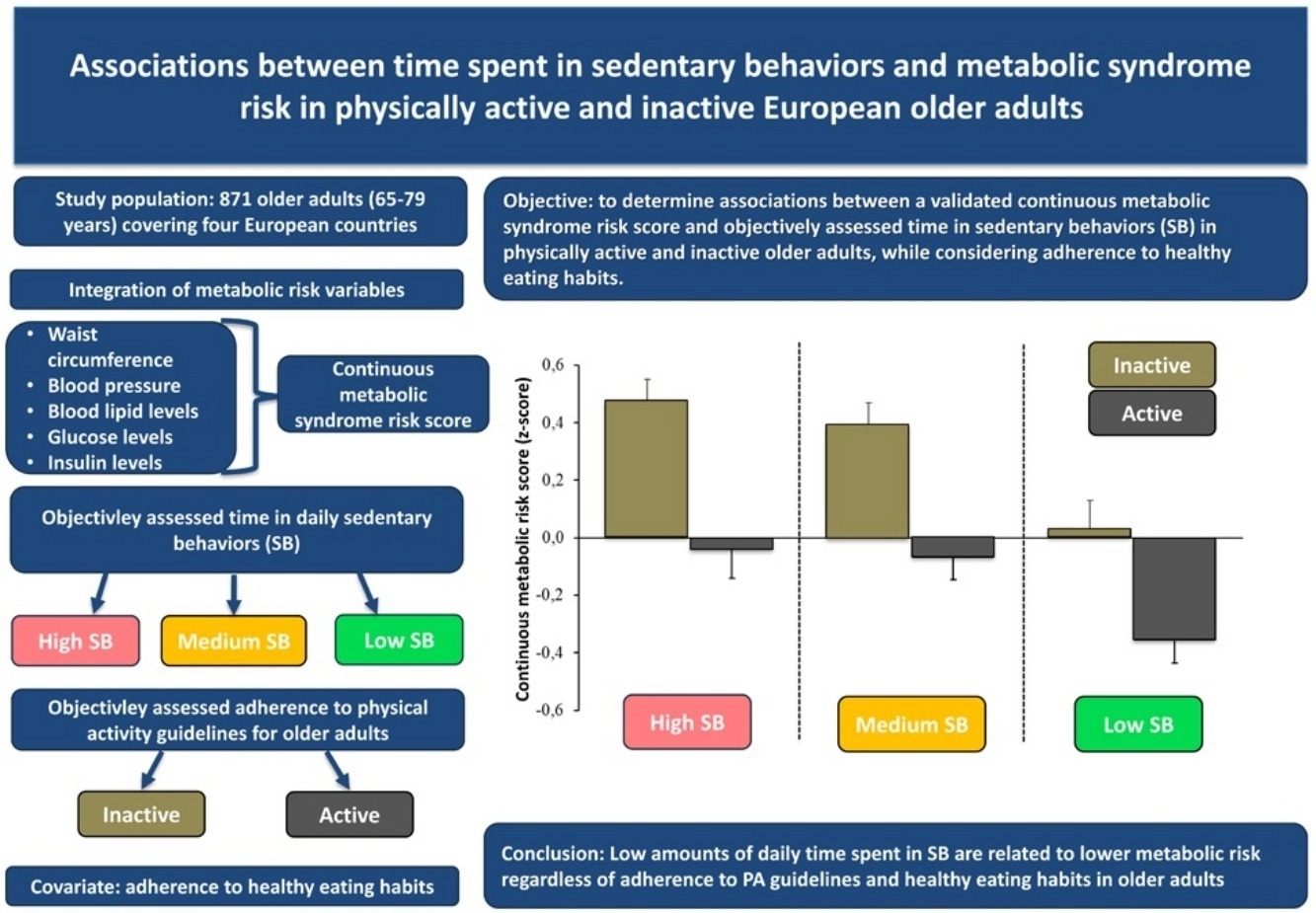Couch Potato Alert: Why Simply Sitting Less Could Be Your Metabolic Miracle

Breaking free from prolonged sitting could be the key to better metabolic health for older adults, even if they aren't intense exercisers or following a perfect diet. Groundbreaking research reveals that simply reducing sedentary time can significantly lower the risk of metabolic syndrome, offering hope for seniors looking to improve their overall well-being.
The study highlights a crucial insight: movement matters, no matter how small. Even light physical activity can make a substantial difference when it replaces extended periods of sitting. This means that simple actions like standing up, walking around the house, or doing light household chores can have a meaningful impact on metabolic health.
Older adults don't need to become fitness enthusiasts to see benefits. Just interrupting long stretches of sitting with brief moments of movement can help regulate metabolism, improve blood sugar control, and reduce the risk of chronic health conditions. It's a simple yet powerful approach to maintaining health that doesn't require intense workouts or strict dietary restrictions.
The research underscores an empowering message: every movement counts. Whether it's stretching during commercial breaks, walking to the mailbox, or doing light gardening, these small activities can contribute to better metabolic health and overall quality of life for seniors.
